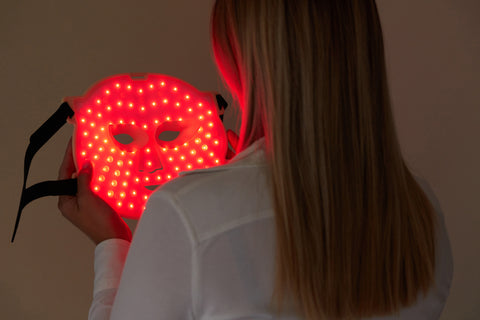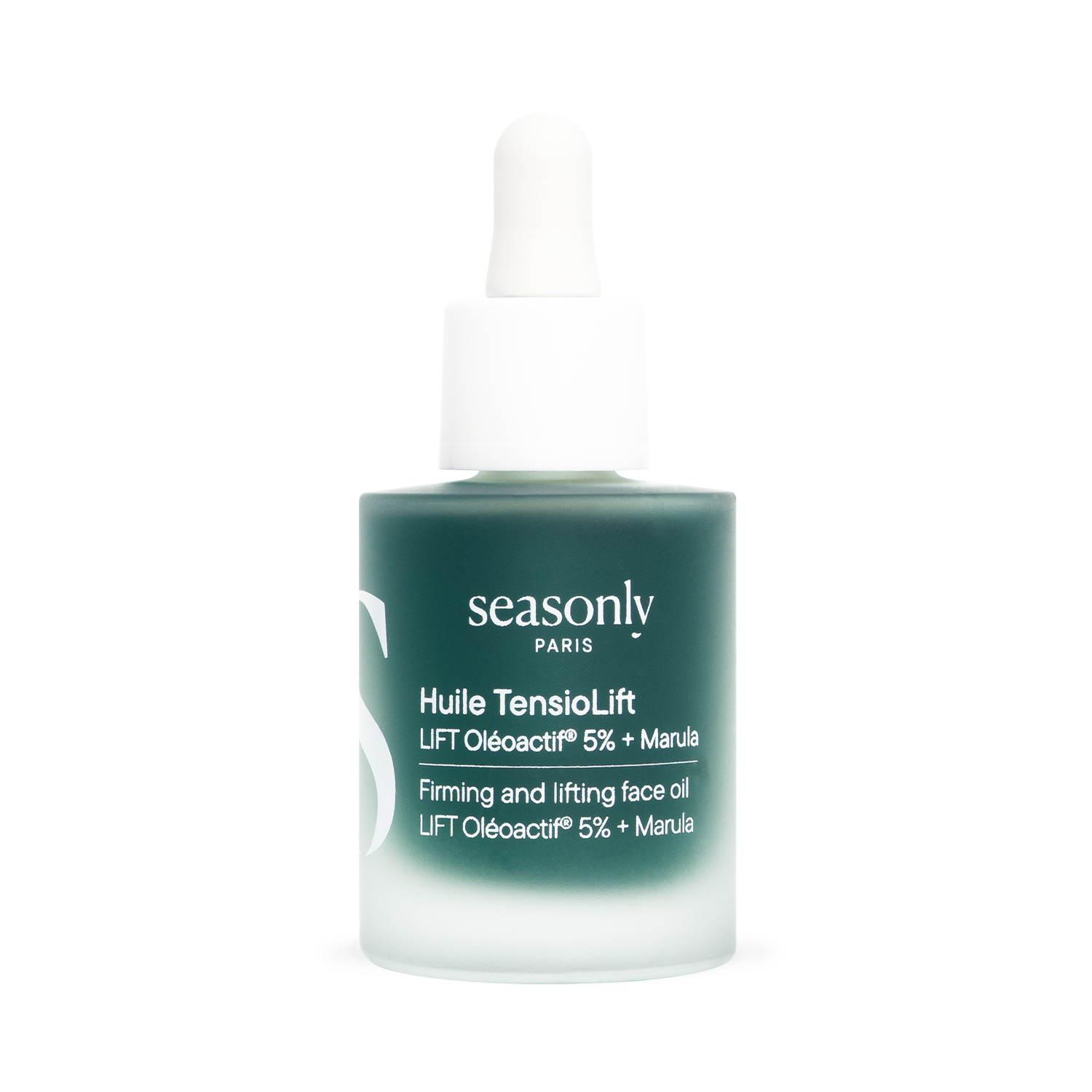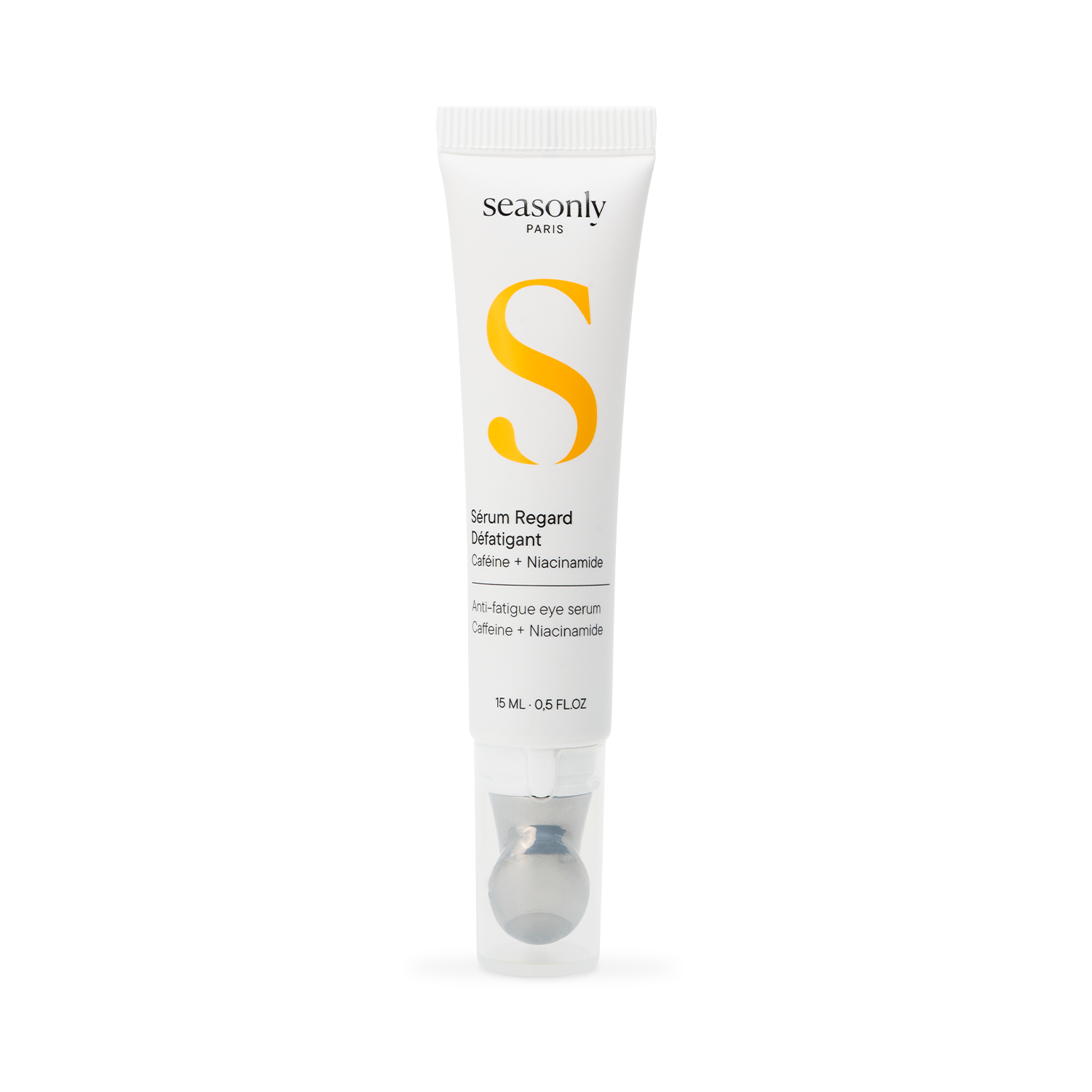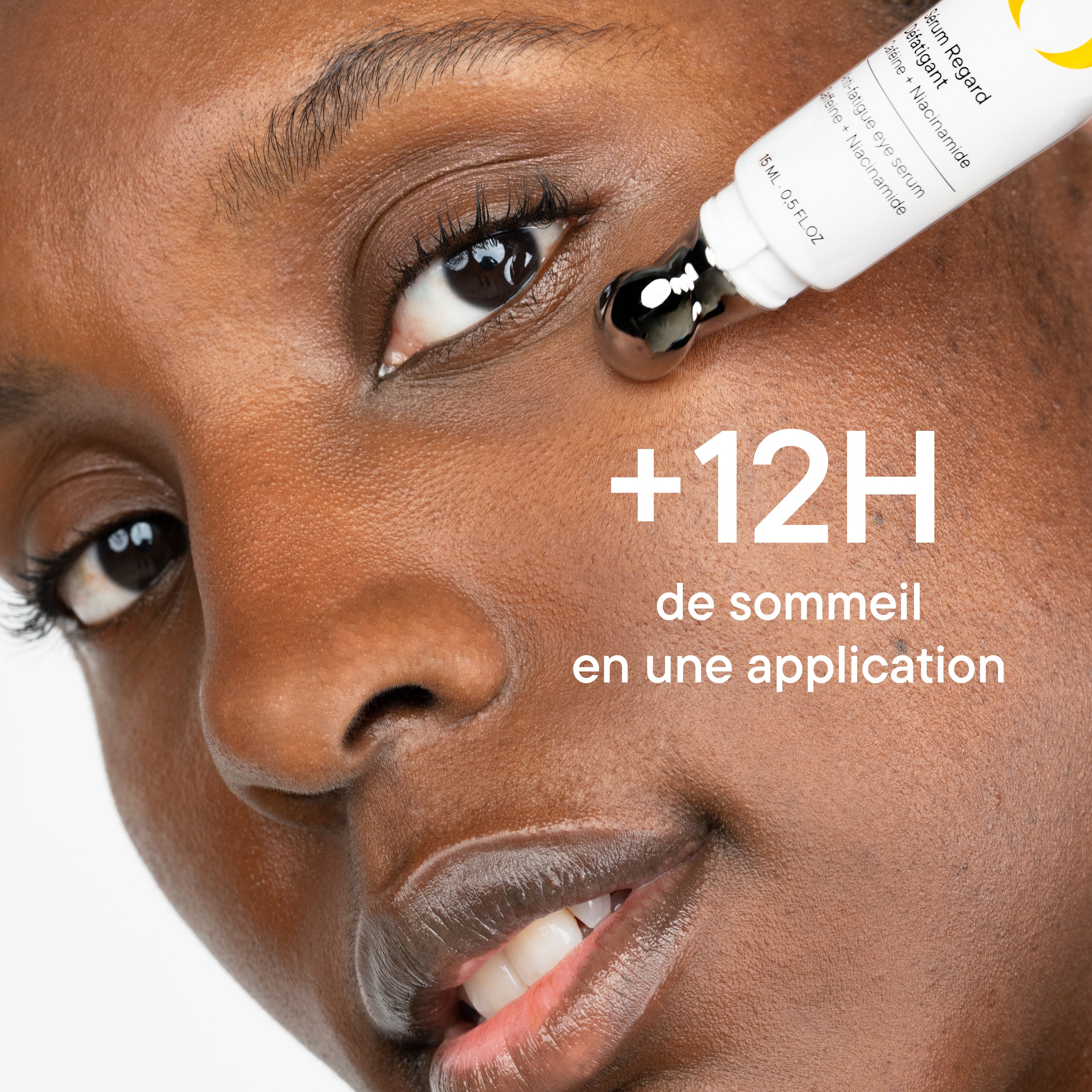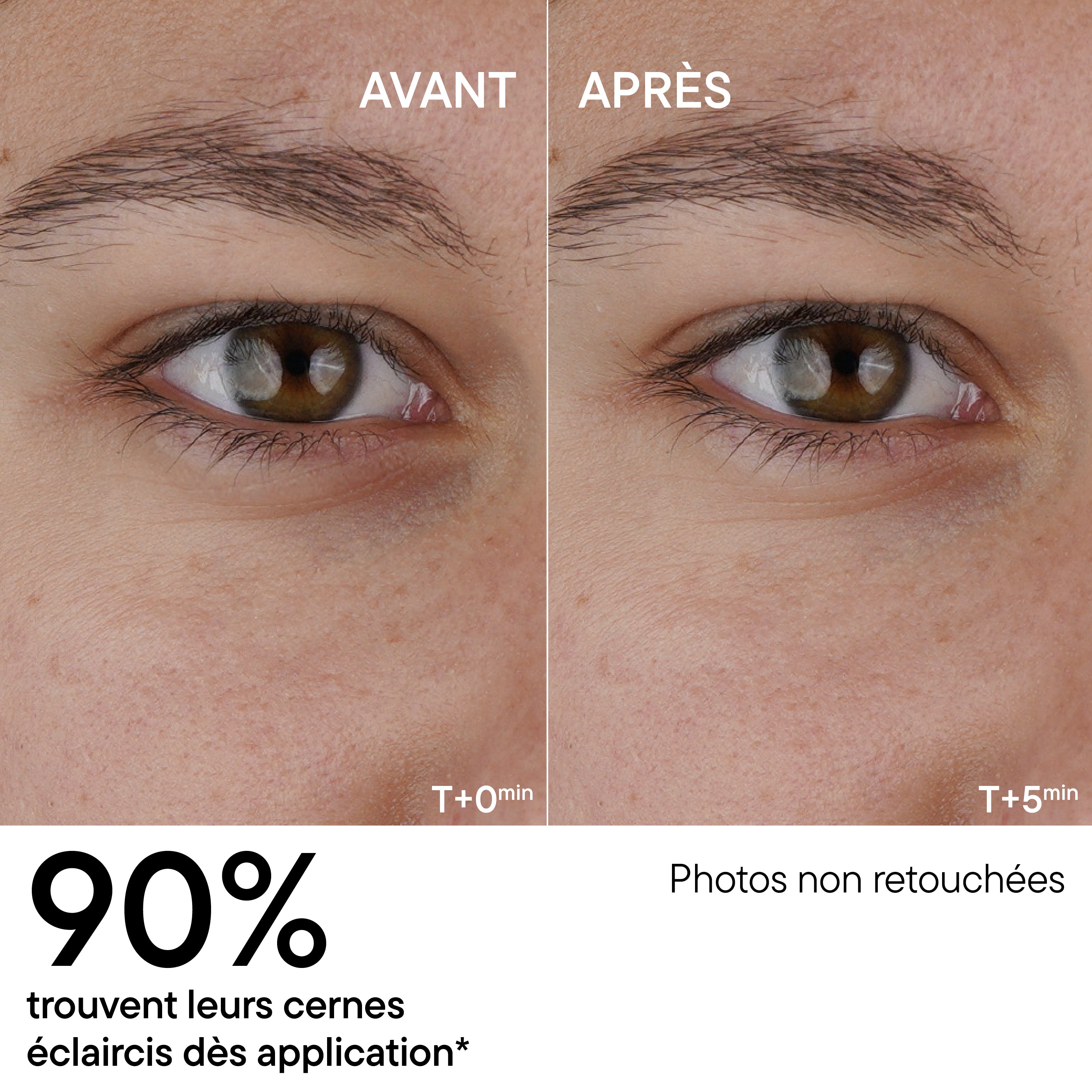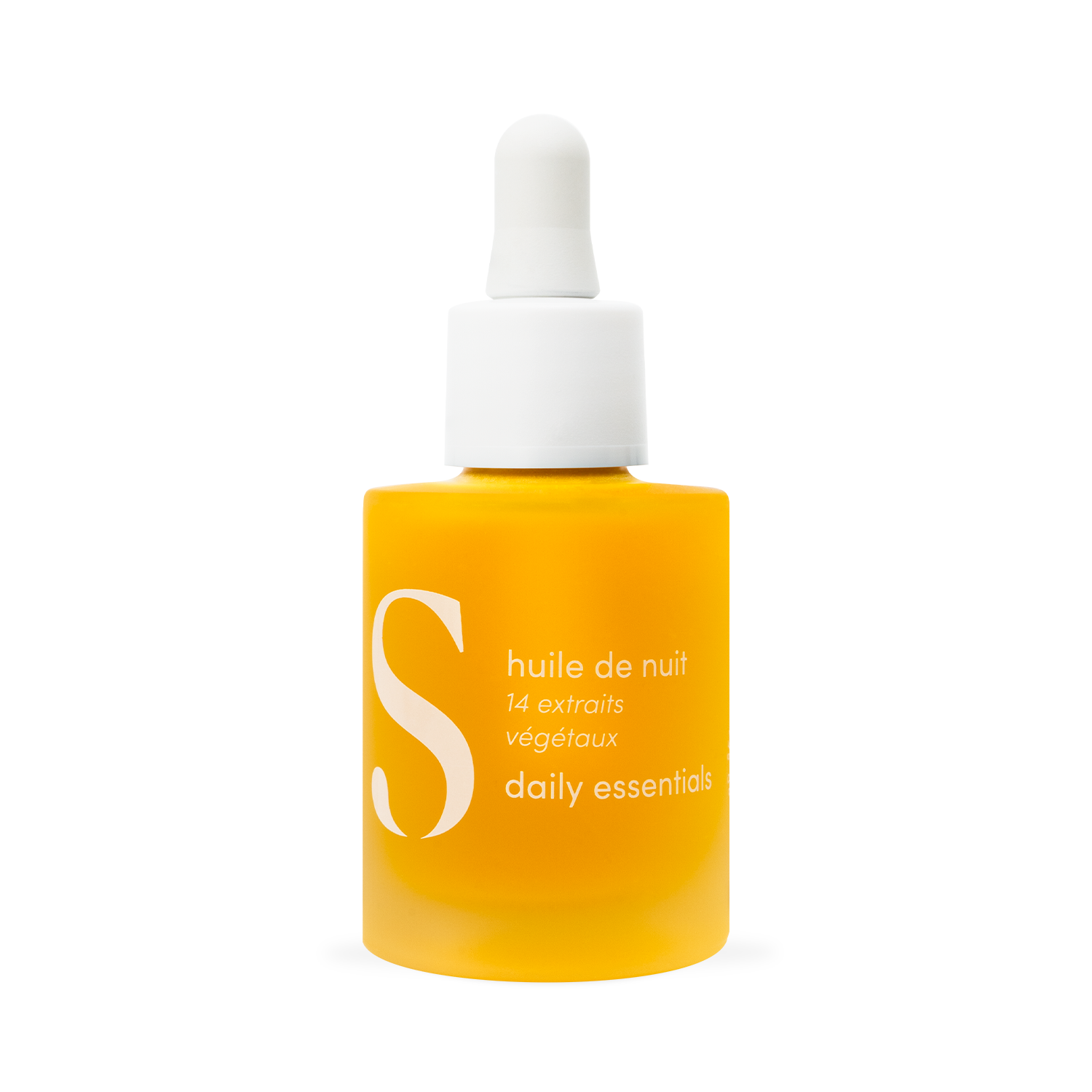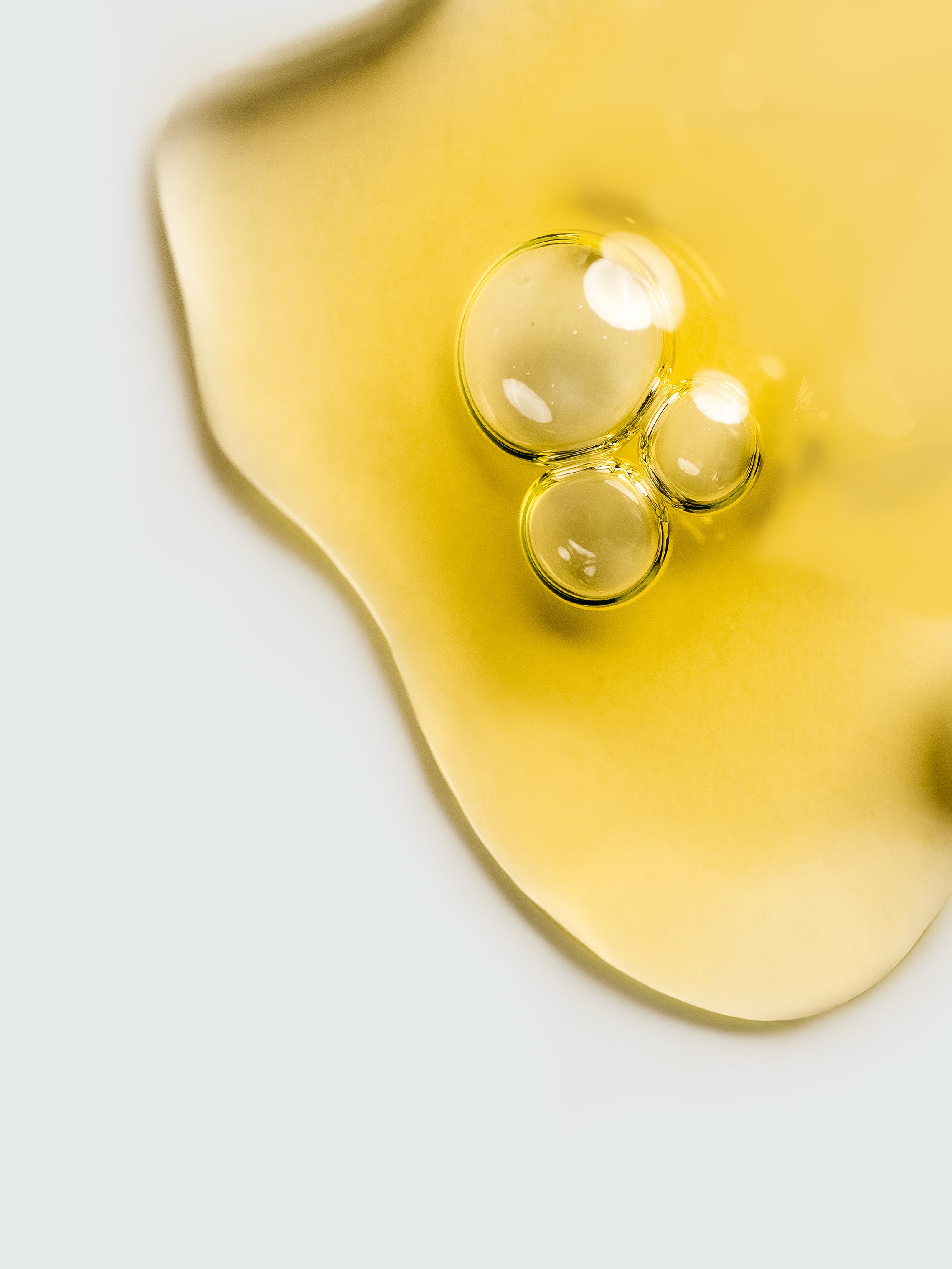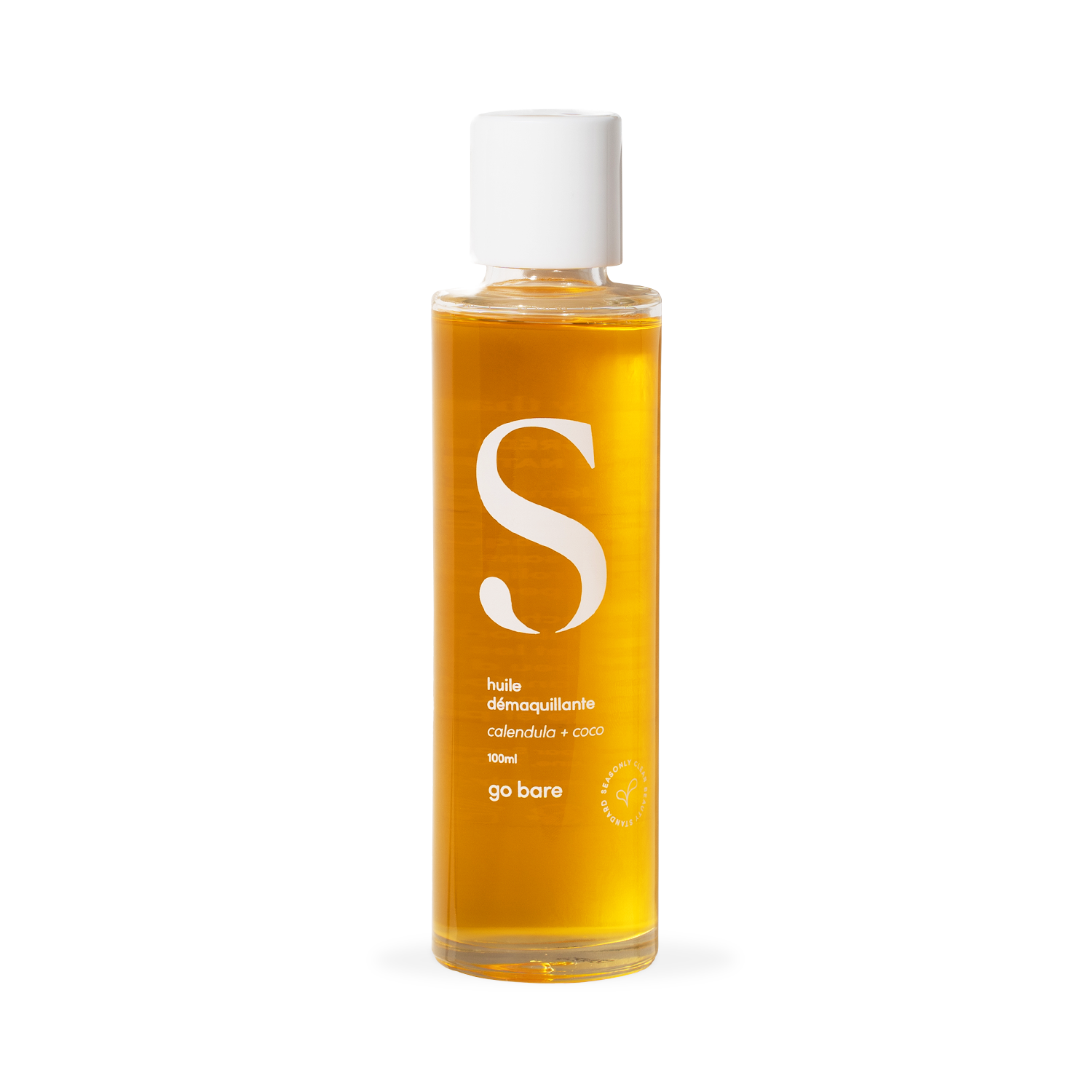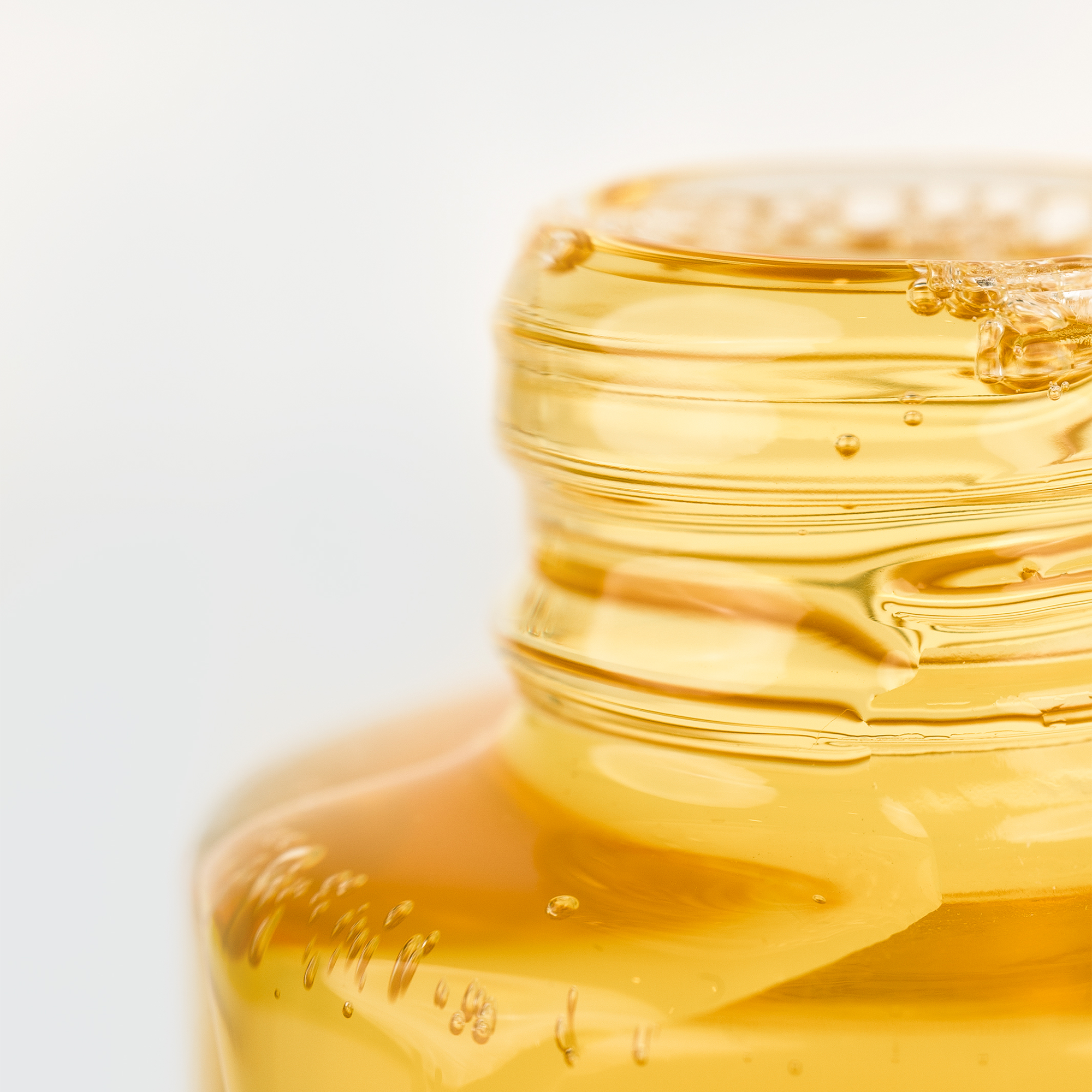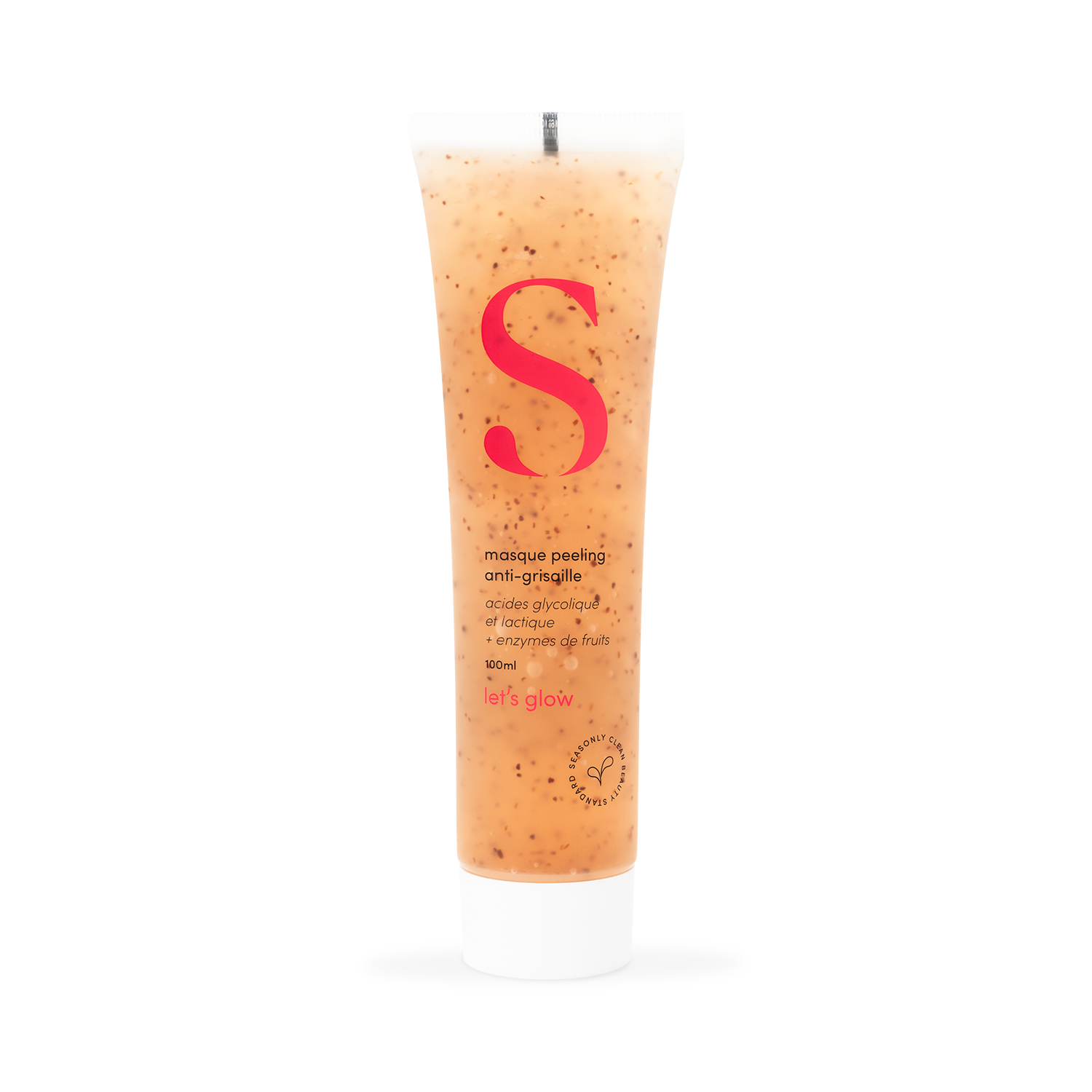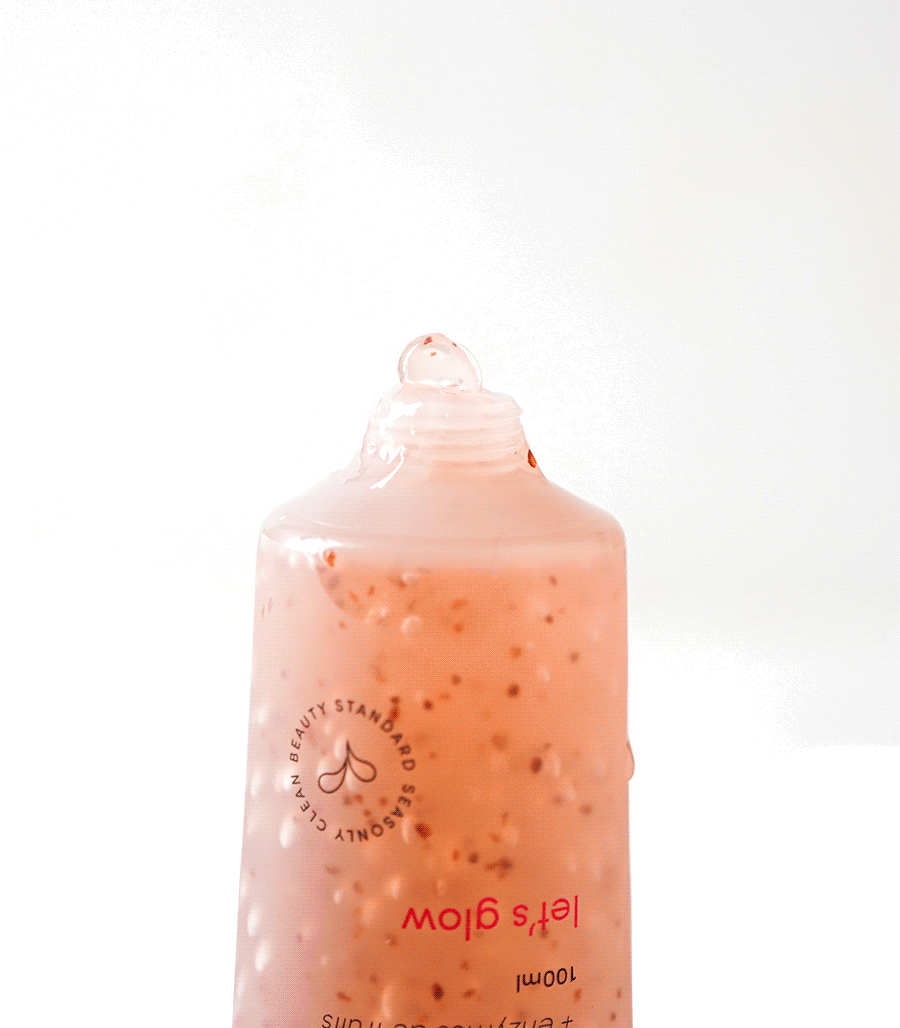What to do against hyperpigmentation?
Pigment spots are often associated with skin aging. From the age of 30 to 35, many women are subject to it. If age is indeed a determining factor, it is not the only cause. UV rays, for example, are one of the main factors responsible for hyperpigmentation. You must have noticed that it is often during the summer that pigment spots appear (on the face, neck, neckline and hands in general). The more the tan disappears, the more visible they become. Other causes can explain these pigment spots such as hormonal imbalances (or pregnancy), stress, skin inflammation, acne scars, etc.
But where does hyperpigmentation come from? It is a reaction that is linked to the production of melanin. By defending themselves against external aggressions (UV type for example), the cells responsible for skin pigmentation will synthesize melanin. This change in the normal color of the skin due to this reaction is therefore called a pigment spot. A spot can be hyperpigmented (brown, red, pink) or hypopigmented (white). Here are all our tips for preventing and best treating pigmentation spots.
1. Protect yourself to prevent hyperpigmentation
The best solution to prevent the appearance of brown spots is to always have appropriate sun protection. The more you expose yourself without being well protected, the higher the risk that your melanocytes will rise to the surface of the skin and cause hyperpigmentation. This advice does not only apply to summer, we make sure to have a day cream all year round that includes a minimum SPF 30, this also helps to actively slow down skin aging.
2. Cleanse and exfoliate your skin
Cleansing your skin well every day is essential, this will have a particular effect on the uniformity of the complexion and the regularity of the skin's texture. We adopt double cleansing starting with makeup remover oil to rid the skin of all impurities accumulated during the day, in particular residues of sun filters, makeup, sebum, etc. To complete this cleansing, you must complete with cleansing jelly . Its aqueous base will dissolve all the last residues such as perspiration and dust. It is also possible to use our anti-grey peeling mask once a week to treat pigment spots (especially acne scars, for example). This enzymatic peel, enriched with lactic acid and glycolic acid ( our guide to exfoliating acids is here ), will exfoliate the skin without attacking it in order to promote cell renewal.
3. Apply targeted and adapted care
This may seem obvious and yet! When these spots appear, you must adapt your routine by favoring products that contain specific active ingredients. Vitamin C, for example, is one of the best-known active ingredients for combating hyperpigmentation. However, it should be avoided that it is too concentrated in the formula as it risks irritating the skin. You can also integrate exfoliating acids into your routine to improve the uniformity of your complexion.
4. Use complementary treatments such as light therapy
Light therapy is an effective complementary treatment for treating hyperpigmentation, particularly for acne scars, for example. Red light stimulates the production of collagen and helps even out the complexion by gradually erasing scars. You can also book your Spring Booster treatment in one of our Skin Studios to discover photobiomodulation. We created this treatment in partnership with the beauty tech brand Nooance to help you discover the power of light associated with our massage techniques.


